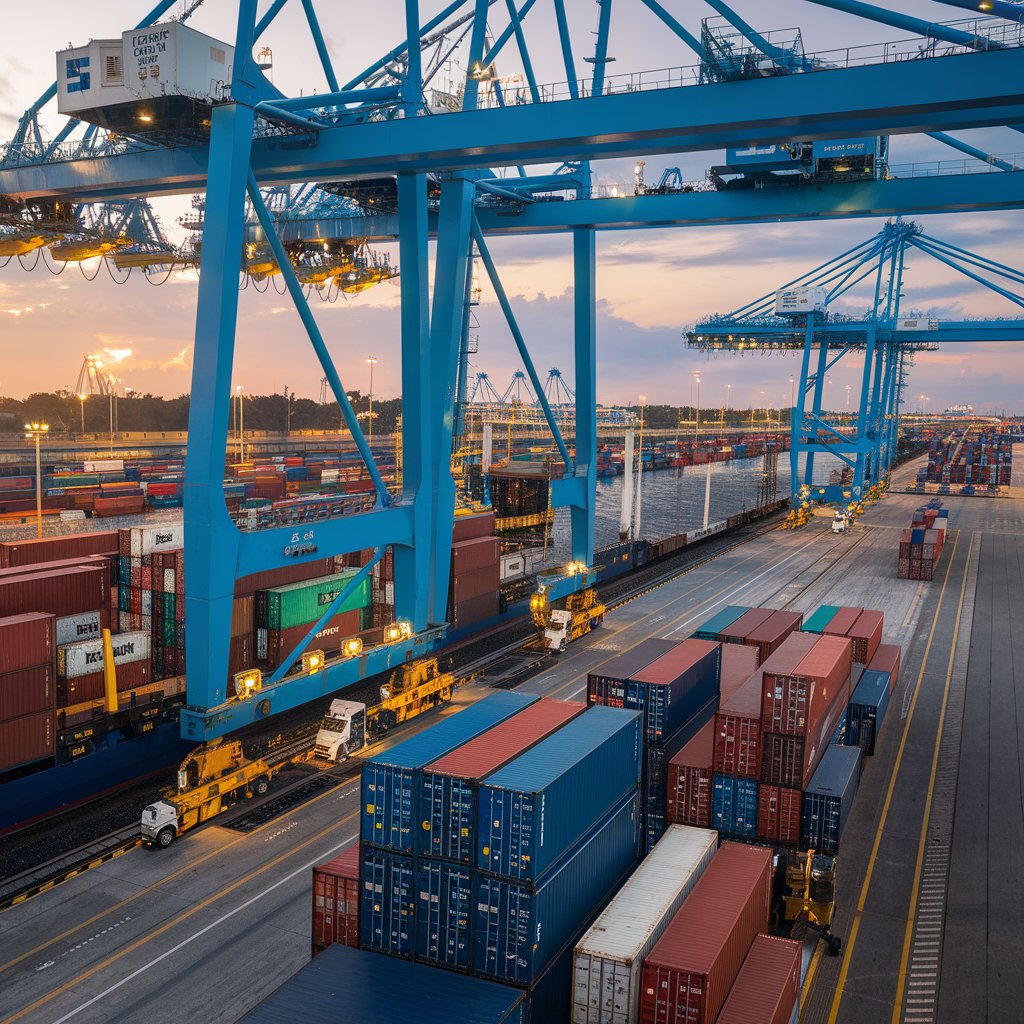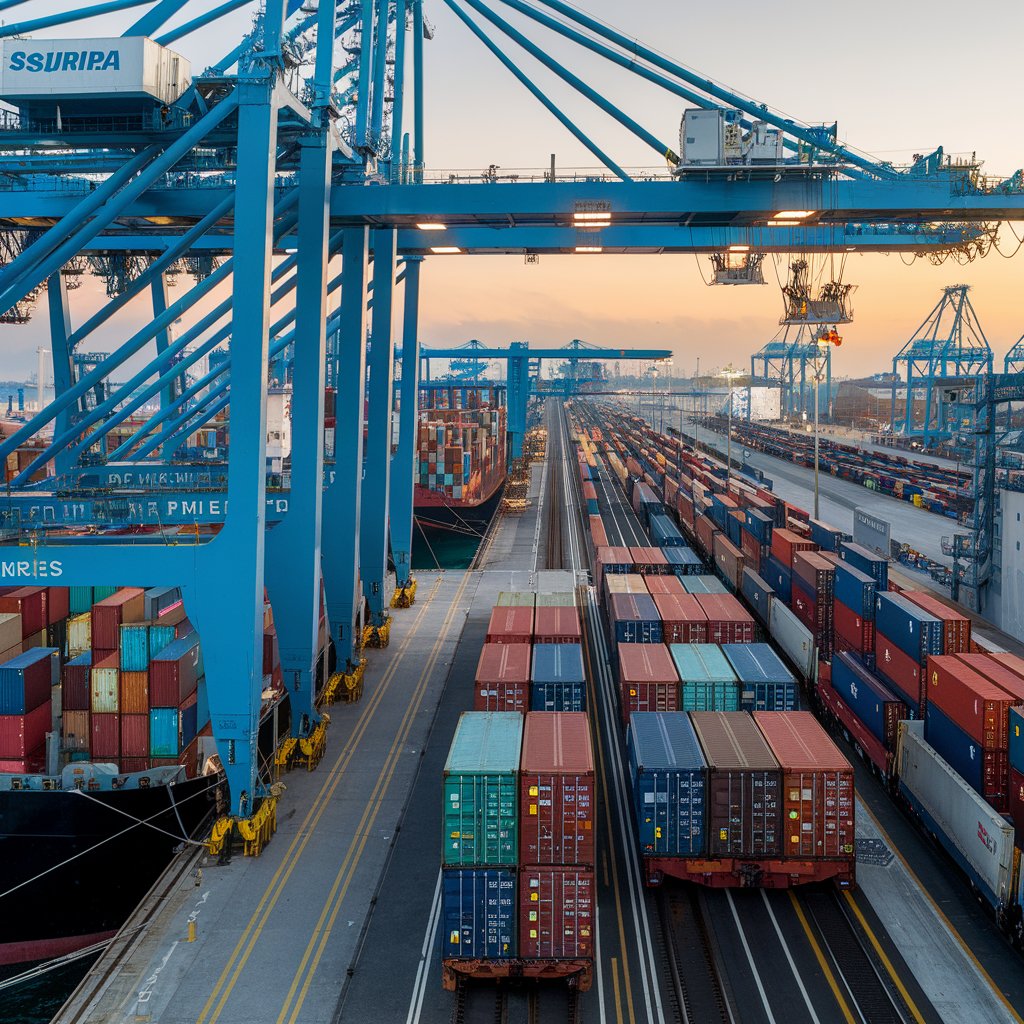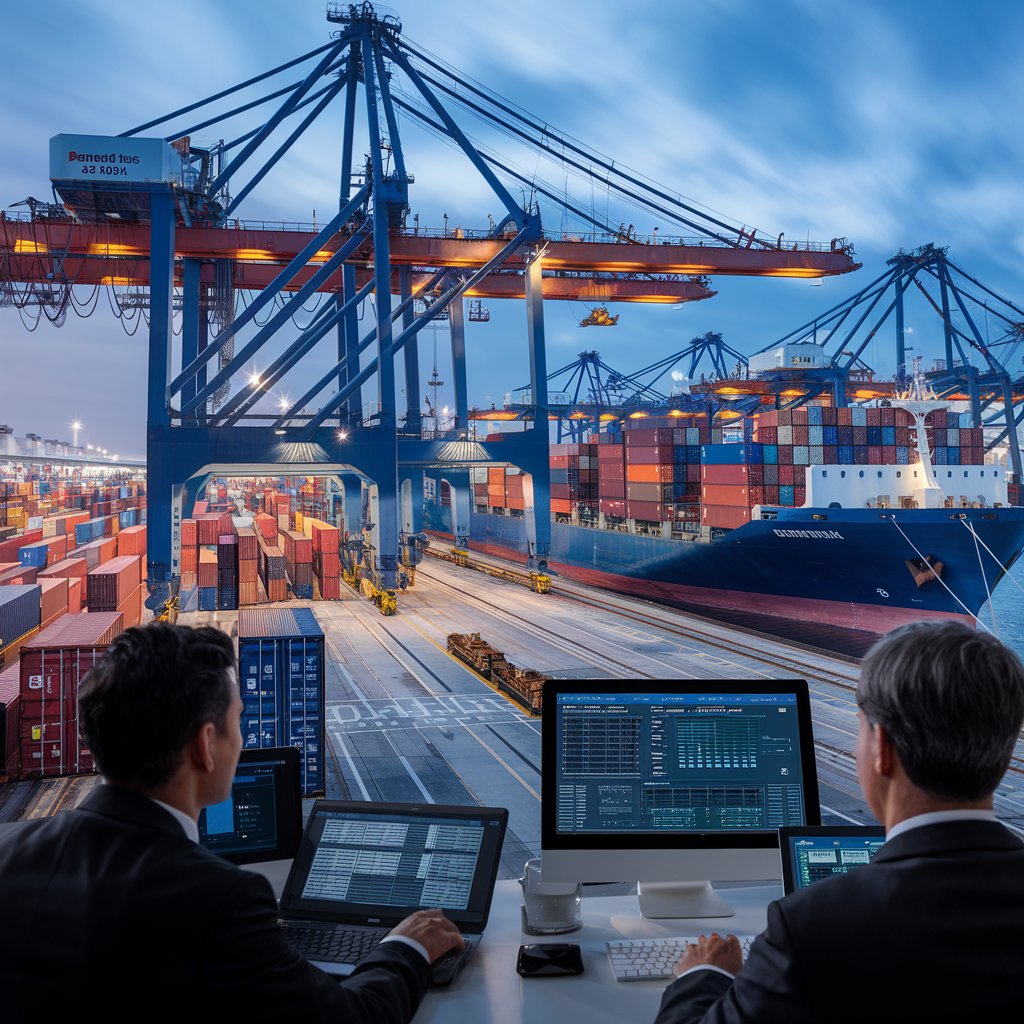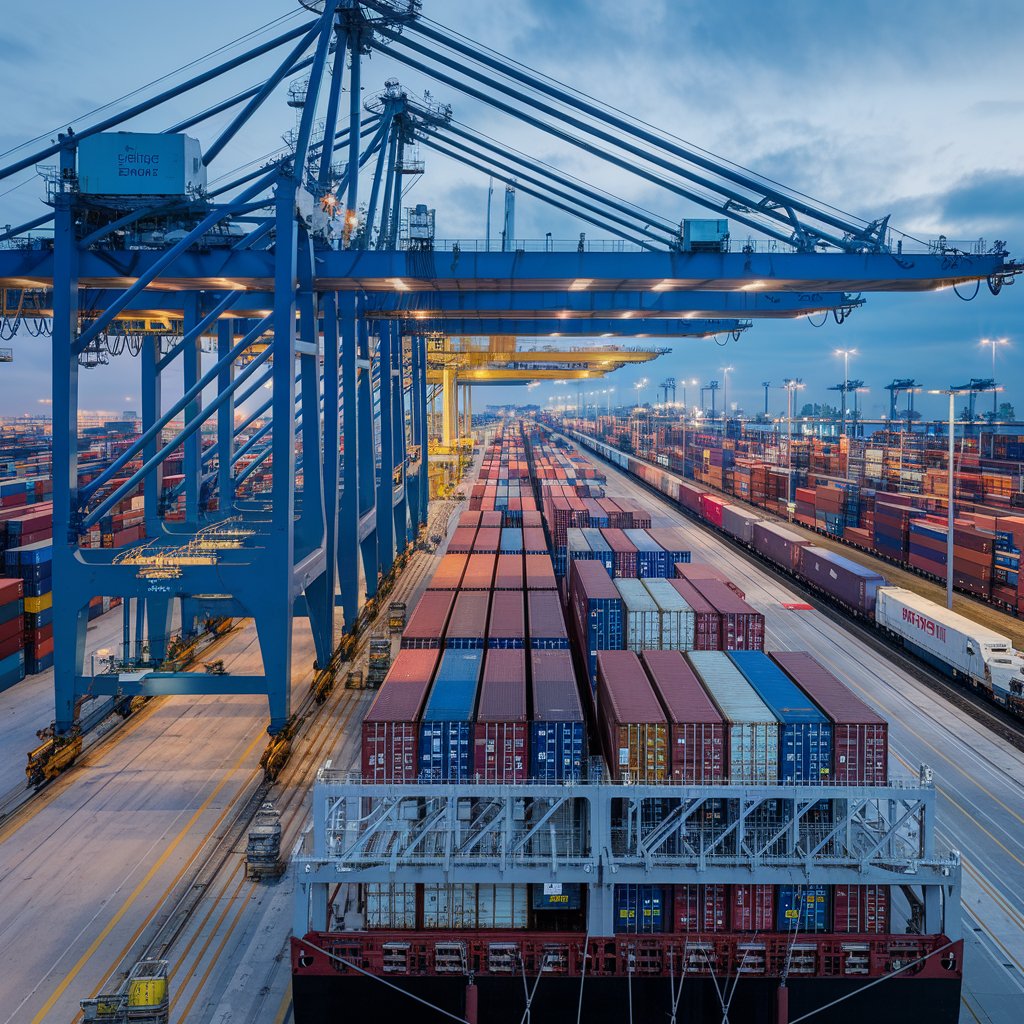Key Insights on South Florida Terminal
In this guide, we will explore everything you need to know about South Florida Terminal, including its key features, facilities, operational advantages, and role in global commerce. 🚢📦

What Is South Florida Terminal?
South Florida Terminal is a major shipping and logistics hub located within the Port of Miami, serving as a key gateway for international trade. It handles containerized cargo, bulk shipments, and logistics services, connecting North America with Latin America, the Caribbean, and beyond.
📌 Key Features of South Florida Terminal:
✔ Strategic Location – Located near the Caribbean and Latin American trade routes.
✔ Advanced Infrastructure – Equipped with modern cranes, deep-water berths, and automated handling systems.
✔ Intermodal Connectivity – Direct access to rail networks, highways, and air cargo services.
✔ High Cargo Capacity – Handles millions of TEUs (Twenty-Foot Equivalent Units) annually.
✔ Customs & Free Trade Zone Services – Facilitates faster clearance and duty-free trade.
💡 Example: A shipping company moving electronics from China to Brazil may use as a transshipment hub, reducing costs and delivery times.
Why Is South Florida Terminal Important?
✅ 1. A Key Gateway for International Trade
✔ Serves as a major transshipment hub for cargo moving between the U.S., Latin America, and the Caribbean.
✔ Reduces transit times and improves logistics efficiency for global trade routes.
✅ 2. State-of-the-Art Terminal Facilities
✔ Equipped with high-capacity cranes, advanced automation, and real-time tracking systems.
✔ Supports efficient cargo handling and quick vessel turnaround times.
✅ 3. Excellent Connectivity for Supply Chains
✔ Offers direct rail access to inland distribution centers.
✔ Connected to major highways for seamless trucking operations.
✔ Proximity to Miami International Airport enables fast air freight transfers.
✅ 4. Strong Customs and Free Trade Zone Benefits
✔ Streamlined customs clearance processes reduce delays.
✔ Duty-free storage and transshipment options help businesses lower costs.
✔ Facilitates e-commerce and international fulfillment operations.

Advantages & Disadvantages of Using South Florida Terminal
📈 Advantages for Businesses
✔ Fast & Efficient Cargo Handling – Advanced infrastructure supports quick turnaround times.
✔ Lower Shipping Costs – Strategic location reduces fuel and transit expenses.
✔ Customs & Trade Zone Benefits – Helps companies save on duties and taxes.
✔ Diverse Transport Options – Integrated rail, road, and air connectivity.
📉 Potential Challenges
❌ Weather-Related Disruptions – Hurricane season can affect port operations.
❌ High Traffic During Peak Seasons – Increased demand may cause congestion.
❌ Regulatory Compliance – Import/export regulations may require strict documentation.
South Florida Terminal vs. Other Major Ports
Feature | South Florida Terminal | Port of Los Angeles | Port of New York/New Jersey | Port of Houston |
Primary Trade Focus | Latin America, Caribbean, Asia | Asia, Pacific Trade | Europe, Asia | Gulf of Mexico, Global |
Annual Cargo Volume | Millions of TEUs | Largest U.S. port | Major East Coast hub | Key U.S. Gulf gateway |
Intermodal Connectivity | Rail, road, air | Rail, road | Rail, road | Rail, road, inland waterways |
Customs & FTZ Benefits | Strong FTZ program | Moderate | High | High |
Best For | Transshipment, Latin America trade | High-volume Asian imports | European & domestic trade | Oil, bulk cargo, general goods |
💡 Key Takeaways:
✔ South Florida Terminal is ideal for Latin America & Caribbean trade.
✔ Ports like Los Angeles & New York handle larger global container volumes.
✔ Houston excels in bulk cargo and oil shipments.

How to Use South Florida Terminal for Shipping & Logistics
If you’re considering South Florida Terminal for logistics operations, follow these key steps:
For Exporters & Importers:
✔ Plan your shipments based on terminal schedules and vessel availability.
✔ Use Free Trade Zone (FTZ) benefits for cost savings.
✔ Ensure customs documentation is in order to prevent clearance delays.
For Freight Forwarders & Logistics Providers:
✔ Coordinate with shipping lines for optimal container handling.
✔ Leverage intermodal options for efficient cargo movement.
✔ Monitor weather conditions to minimize disruptions during peak seasons.
When to Choose South Florida Terminal?
✅ Best Situations for Using South Florida Terminal:
✔ When shipping to or from Latin America & the Caribbean.
✔ When you need fast customs clearance and duty-free storage.
✔ When looking for cost-effective transshipment services.
🚫 When It May Not Be the Best Choice:
❌ If shipping large volumes to Asia, West Coast ports may be more efficient.
❌ If handling bulk commodities, other ports like Houston may be better suited.

The Future of South Florida Terminal
As global trade continues to evolve, South Florida Terminal is investing in new technologies and infrastructure to maintain its position as a leading logistics hub. Key trends include:
🚀 Automation & AI for Smarter Port Operations – Faster, more efficient cargo handling.
🚀 Sustainability Initiatives – Investment in green port operations and lower emissions.
🚀 Expansion of Trade Agreements – Strengthening U.S.-Latin America supply chains.
Companies that leverage South Florida Terminal’s advantages will benefit from faster shipping times, lower costs, and increased efficiency in international logistics.
Conclusion
South Florida Terminal is a key logistics hub that provides critical access to Latin American, Caribbean, and global trade markets.
✔ Best for: Businesses involved in U.S.-Latin America trade, transshipment, and international supply chain operations.
✔ Challenges: Weather risks, congestion, and regulatory compliance require careful planning.
By understanding how works, businesses can improve logistics efficiency, reduce costs, and optimize global trade operations. 🚢📦💼
